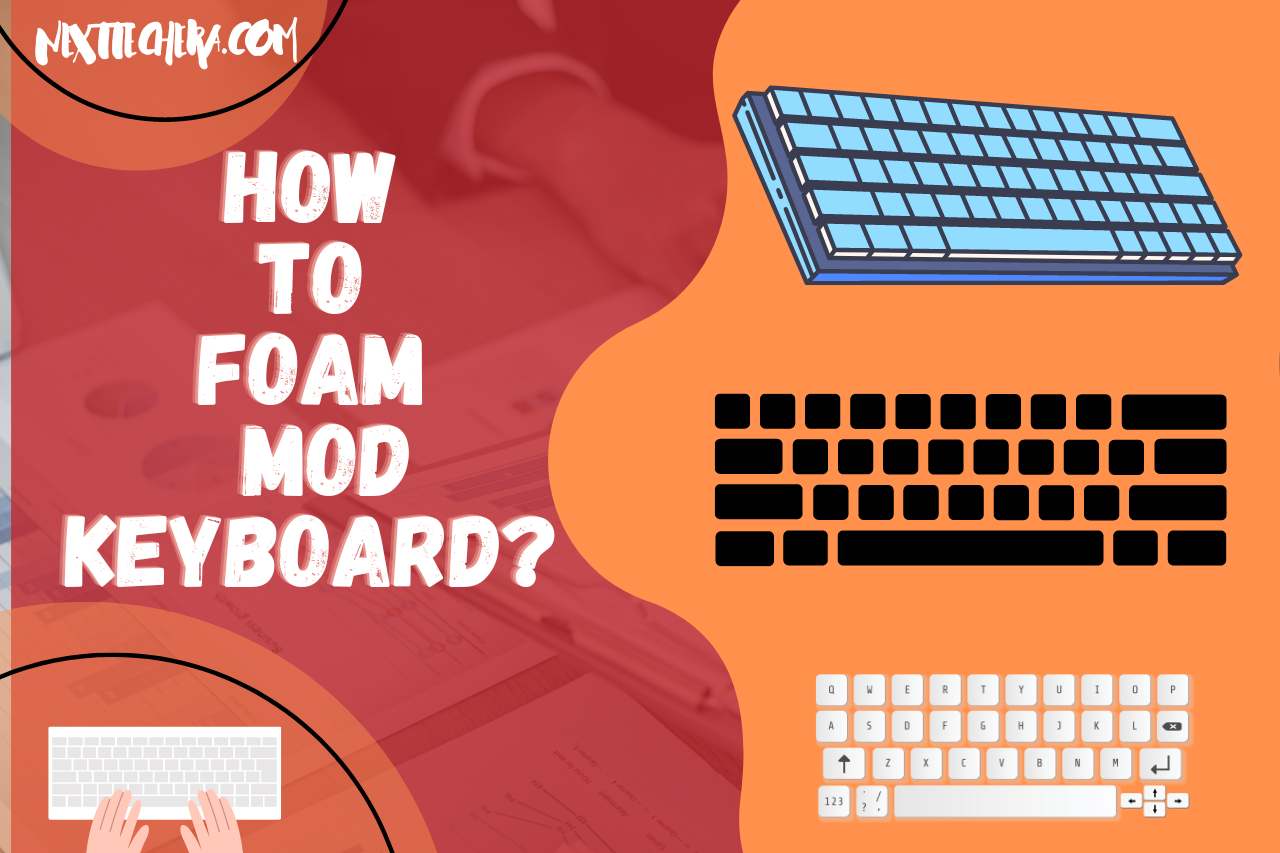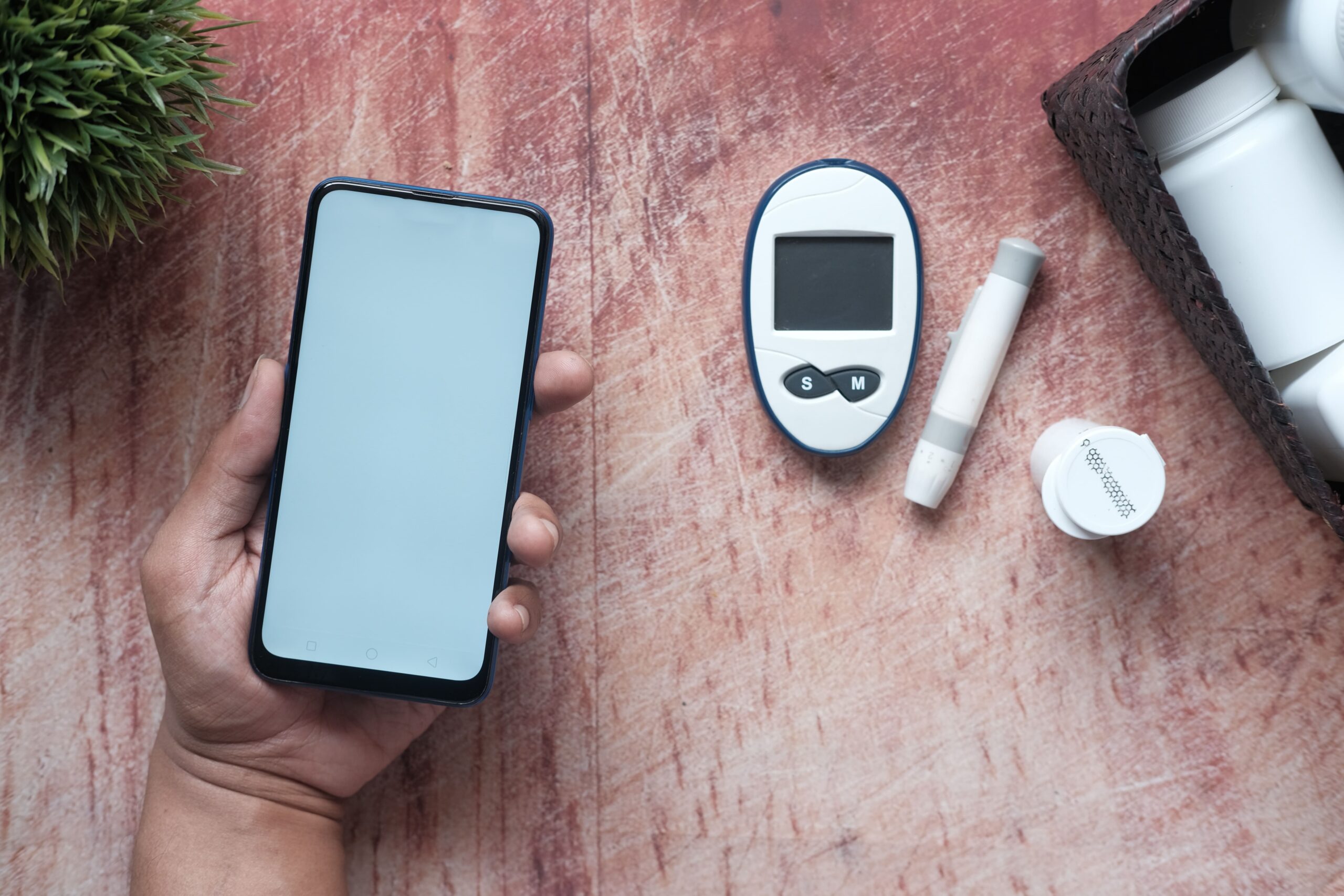The homemade keypad hobby had boomed in the past year, carrying along a ton of fresh inventions and alterations. Foam modification is a fantastic alternative if you’re searching for a technique to reduce the loudness of any keyboard. How to foam mod keyboard? How? Read on.
The PE Foam Mod: What is It?
Circuit plastics usually contain polyethylene, also known as PE, which is a thermoplastic polymer. By sandwiching a small layer of polyethylene foam among a keypad PCB base screen, a keyboard is modified using the PE foam technique.
The distinctive sound profile of the circuit was found to be eliminated by eliminating the foam, which is sandwiched in between plates as well as PCB. Common packaging material includes polyethylene froth, which is very simple to get. Inside the keyboard world, this produces a “marbled” tone which is frequently requested.
What Makes Foam Keyboard Modifications Necessary?
Nowadays, foam keyboard modification has gained a lot of popularity. Foam mods, according to some, are the newest fashion. Foam modification is reportedly enjoyable and soothing.
The wrist benefits first. Therefore this is superior. By foam-modding your keypad, you can type more quickly and accurately. More flexibility in the hands and continued overall wellness in your wrists. The hands would be more durable and immune to discomfort if you cushion-mod the keyboards.
Changing your keypad might also allow you to type on an optimal keypad. Several factors, such as the ability to personalize it so that it is more pleasant to use, make it advantageous to adjust your keyboards.
You may alter the layout of your keypad to reduce the need to press particular keys or type particular letters. Additional advantages include better aesthetics and being able to reach a larger collection of keys.
How to Foam Mod Keyboard?
Prior to Beginning
The alteration may be made prior to soldering buttons. However, it is best to utilize a hot-swap circuit since the PE Cushion modification is meant to be placed beneath your toggles. Should you wish to make this alteration to a welded or pre-built keypad, you should first unsolder any switching and then rebuild using PE Material.
To utilize your visual keypad with PE Modification, please make sure that there are no obstructions to the lights or stalks are obstructed. When you can’t de-solder any buttons again for PE Cushion Modification, take into account utilizing the “Tempest Tape Mod.”
-
Part 1: Set Up the PCB
When the keypad is already constructed, take out all the modifier keys, valves, and regulators, then dismantle it until the PCB is exposed on the work table facing yourself.
-
Part 2: Calculate the PE Froth
Over the PE Layers, put the PCB. If required, sketch any PCB here on the cushion.
-
Part 3: Puncture Gaps
Occasionally, you may attach your valves straight to your PCB by just pushing them through all the PE foam. The slots for such PCB-Mount stabilizing, the central pin, plus small rigid connectors are the most important locations to drill. Before mounting the buttons, drill holes for such side toggles. After mounting the switches, drill holes for the remaining toggles. This should guarantee that all pores are correctly spaced apart as well as the PE Polyurethane is straight against the PCB.
-
Part 4: Make PCB-Mount Shock Absorbers
Put any PCB-mount protectors on the board right away. Check to see whether the absorbers require any further lubrication or modification.
-
Part 05: Set Up the Plate
Users should build your circuit right away if it contains standoffs to connect the PCB to the plate. Whereas if the Plate combination on the board is held together through changes, be ready to construct your toggles as normal.
-
Part 06: Configure Swaps
Connect your toggles with caution. To minimize twisted pins, check that all of the switch’s pins remain level. In order to retain parallelism, begin with the corners.
-
Part 7: Minimize the Foam
Prior to actually putting the board back together, trim any polyurethane unless you decided not to previously.
-
Part 8: Connect the Keyboard
The remainder of this keypad should now be put together, starting with the casing and keycaps. Fitment problems might, in extremely rare instances, be caused by the PE Foam’s extra depth.
Mod Tools Advice for Foam
Don’t rush this; allow oneself ample time. The truth is, most of the time then, that will begin, since you predict.
Seize a few lights. Having a light that directly illuminates your foam will be beneficial.
To keep the bracket from the keyboard in place, get some Tupperware.
The foam should be used sparingly as possible. Beginning with a tiny coating and observe its effectiveness.
The noise variance won’t be that noticeable, as you may anticipate.
Are PE Polyurethane Modifications Secure?
Given that they are infrequently handled, keypad PCBs hardly ever accumulate static electricity. If you frequently modify things and mess around with your keypad, this one will immensely benefit you. Thus, if users want to stay away from potential risk, anti-static PE foam can be required.
On the other hand, everything ought to be alright if you sometimes play about with the keyboard. The likelihood of anything going wrong is low because keyboard Boards are resistant to static. Black foam, however, needs to have stayed away from since it includes conductivity carbon.
PE Mod Alternatives
If tearing off a paperweight makes you uncomfortable, you may alternatively purchase foam stickers.
PCB Labels
In order to apply PCB Adhesive, foam sheets with an absorbent material are used. PE, EVA, plus Poron polyurethane foam are among the most often utilized materials to produce these stickers. PE stickers occasionally reflect noise and offer a more marbling sound signature, which compliments the PE Foam modification.
Switch Tripods
But, the bases of these buttons are protected by a triangle ring made of Poron and EVA rubber. Generally, the outcome is equivalent to putting adhesives made of Poron and Eva, albeit less harmful to the PCB.
Does Modifying Cancel the Warranty on My Keypad?
According to the maker, the warranty’s scope will vary for keyboards. Nevertheless, disassembling the keyboard often will invalidate the guarantee for the majority of which was before the keyboard. Before disassembling any keys, always verify the maker’s warranty terms in order to remain in the cautious zone.
Users won’t have to be concerned about the customized or custom-built keypad, either, as they may be actually opened as well as adjusted. Hence, if you want to significantly customize your keypad, we strongly advise both custom-built and made-to-order keys.
You May Also Like




